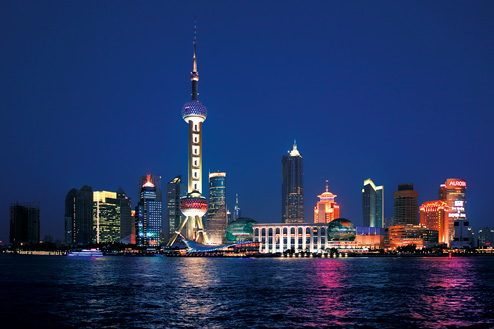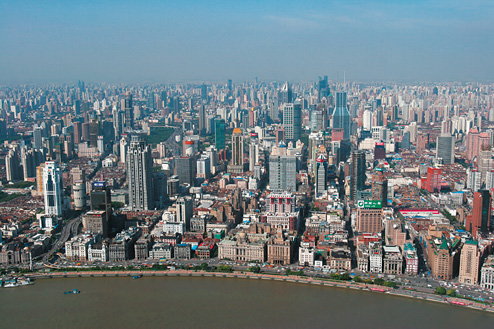Employment
The city had a workforce of 8.85 million people by the end of 2006. Of those, 10.4% worked for foreign-funded companies, 15.7% in state enterprises, 24.3% in collectively owned companies, 29.6% in private businesses, and 20% in 'other economic sectors'. Unemployment sits at around 4.4% and in 2006 more than 96% of the city's 129,000 university graduates found jobs. There were 115,326 foreign residents living and working in Shanghai by the end of 2006, the largest national group being Japanese (25%), followed by citizens from Korea, Malaysia, Singapore, Germany, the UK, Canada, the US, Australia and France. Since 2004, China’s government has been issuing green cards to significant investors as well as high-level foreign workers in the economic, scientific and technology sectors. The cards give freedoms such as being able to enter and exit the country without having to renew visas. Salary levels in Shanghai went up faster than in other Chinese cities in 2006, according to Mercer, rising 7.7% from 2005. And in 2008, local enterprises are projecting salary increases of 11%. The Shanghai Statistical Bureau listed the average annual wage in Shanghai in 2006 as ¥29,569 overall and ¥40,683 for foreign-funded companies. The highest paid sectors were financial, IT and software, scientific research, and leasing and business services, which paid between ¥107,000 and ¥140,000. Foreign staff earn much higher levels than locally hired staff, particularly if on a remuneration package with benefits and which is paid in euros or US or Hong Kong dollars. Shanghai's minimum wage rose in 2007 from ¥750 to ¥840 per month, and the Shanghai Municipal Government is considering raising it by a further 13%-14% in 2008.













